As we swim — or sink, rather — in the sea of skincare products available to us, someone who has never deciphered the language of the skincare world might be confused. Where do I start? What products are necessary and which ones are optional? Do I really need a toner? How do I build a solid skincare regimen that won’t seem like too much for me to handle when I get home after a late night out?
The basic skin care mantra is as follows: cleanse, tone, moisturize. And during the day, apply SPF.
Step One: Cleanse
Cleanse your skin regularly. Ideally, you should be washing your face twice a day. However, an option for more sensitive skin types is to use micellar water — Garnier ($9) has an excellent one — on a cotton pad in the mornings instead of washing with tap water.
In the evening, consider doing a double-cleanse to remove the bacteria and pollutants that have accumulated on your skin throughout the day. Start by using an oil-based cleanser like DHC’s Deep Cleansing Oil ($28) to break down your makeup and the sebum your skin has collected all day. Then, follow up with a water-based cleanser to remove any remaining impurities.
It’s important to choose the right formula for your skin type and cleanse without stripping your natural oils and leaving your skin dry. Be careful with foaming cleansers — those tend to be overly harsh, especially if you have sensitive skin. If your skin is quite delicate and tends to be dry — hello, New York winters — opt for a more gentle and moisturizing option. Glossier’s Milky Jelly Cleanser ($18) will remove your makeup and clean your pores while soothing and pampering your skin.
For those on the oilier end of the spectrum, it’s best to use a foaming non-comedogenic cleansing formula that will keep the shine factor under control. Cetaphil, a staple American beauty brand, offers this dermatologist-approved foam wash ($14) that uses Zinc technology to reduce shine without over-drying.
And if you’re one of those lucky people who doesn’t have any particular skin issues, you have the luxury of picking any face wash that fits your budget and does the job. Remember to be careful with harsh formulas. Experiment, and see what works best for you.
Step Two: Tone
Toner might be the most obscure and misunderstood skincare item. What purpose does a toner serve, exactly?
Initially, toner was designed to act as a final step in the cleansing process, and because of that, most formulas were quite astringent in order to remove the remaining oil and debris from the skin’s surface. Nowadays, most toners on the market are a lot less abrasive and aim to nourish and replenish the skin after cleansing, as well as prepare it for the application of other skincare products that are included into your routine.
Clinique’s Clarifying Lotion range is your best bet if you’re hunting for a solid toner and not sure what kind of product will best fit your needs. At $16 per each 6.7-oz bottle, Clinique offers a simple, no-frills solution for sensitive, oily and normal/combination skin.
Optional Step: Serum
A serum is a concentrated, potent formula that deeply penetrates your skin to deliver a punch of active ingredients. If you’re willing to go an extra mile in pursuit of oh-so-perfect skin, you can add one into your skincare routine, but this step is totally optional.
There are many types of serums, some of which include moisturizing serum to help nourish dry skin, Vitamin C serum which helps skin turnover, and of course, face masks. To put it simply, if you have a particular issue that you want to address without building a whole skincare regimen around it, serum is the way to go.
No matter how moisturizing the serum feels, it does not replace moisturizer, the next step.
Step 3: Moisturize
This step is particularly important during the winter period. It’s likely that you first dipped your toes into the weirdly magical and strangely exciting world of moisturizing a long time ago, back when your mother used to remind you to put on lotion and lip balm in order to prevent your skin from cracking. Moisturizer plays an essential role in any skincare routine, and different moisturizer textures work with different skin types.
A light gel formula will work best for oily skin, while normal or combination skin will thrive in the presence of good old lotion, and a creamy consistency will best cater to dry, dehydrated skin. If your skin is currently inflamed and/or prone to eczema or rosacea, consider adding a moisturizing balm into your routine — but be careful, balm moisturizers are a no-go for acne-prone skin.
This moisturizer from Kiehl’s ($30) is a great place to start if you have just popped into Sephora and are not entirely sure what you should put your hands on first. Lightweight yet nourishing, it is very likely to give your skin what it needs. If you have trouble determining what skin type you have, go for this facial cream — it’s a no-brainer solution.
La Roche-Posay, a drugstore brand widely favored by dermatologists, offers a product that is an excellent fit for those concerned about their skin being too oily or excessively shiny at times. Their Effaclar Mat Mattifying Moisturizer ($31.99) promises to remove excess oil and refine your pores, leaving you with matte yet hydrated complexion.
The Ultra Repair® Cream Intense Hydration by First Aid Beauty ($32) has a thick texture that ensures long-term hydration and provides relief to dry, distressed skin and eczema. Adieu, flakiness and irritation. Hello, radiance and vitality! This cream should definitely make its way into your bathroom cabinet if you have sensitive skin.
Step 4: Apply SPF
Skincare experts unanimously agree that sunscreen is the most crucial part of any skincare regimen, and should be a finishing step to any skincare routine no matter what. Make sure yours has an SPF of at least 30 to protect your skin from harmful UV radiation. One of the most affordable yet effective sunscreens is from Korean skincare brand A’Pieu. It’s moisturizing, doesn’t smell like traditional sunscreens and won’t break you out.
Email Valerie Stepanova at [email protected].

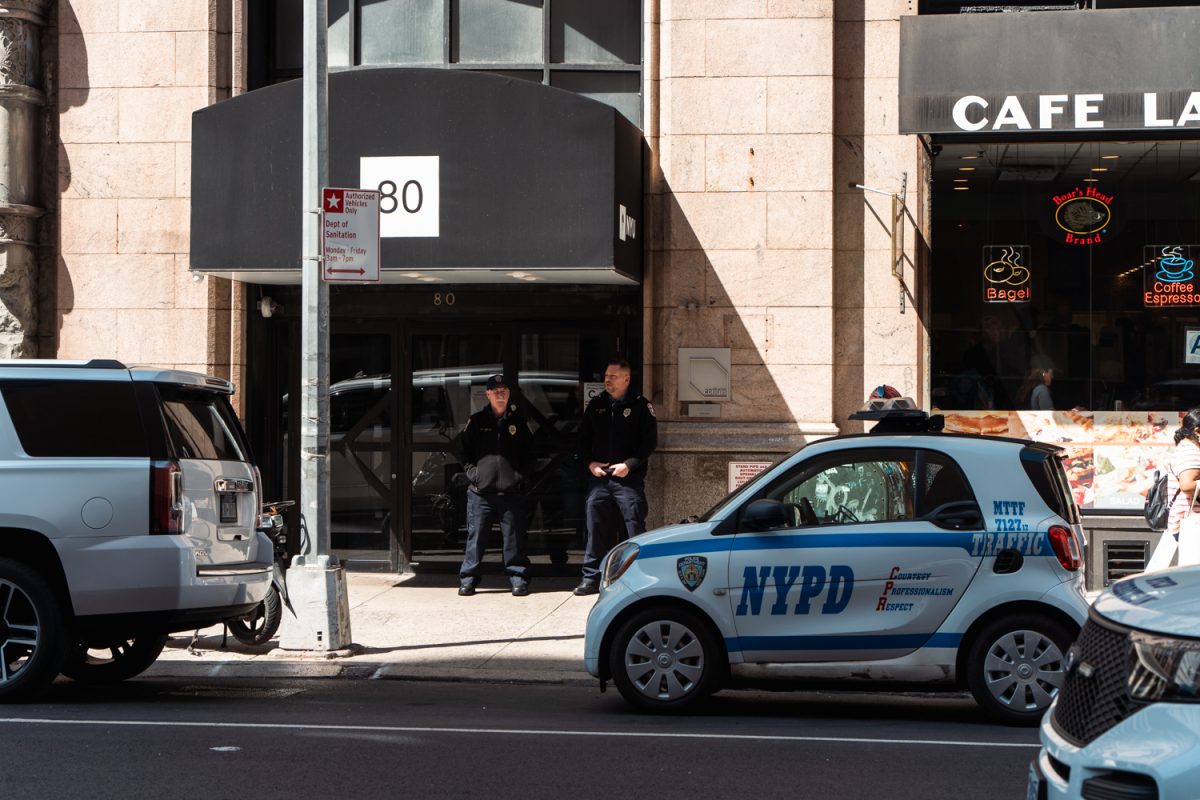





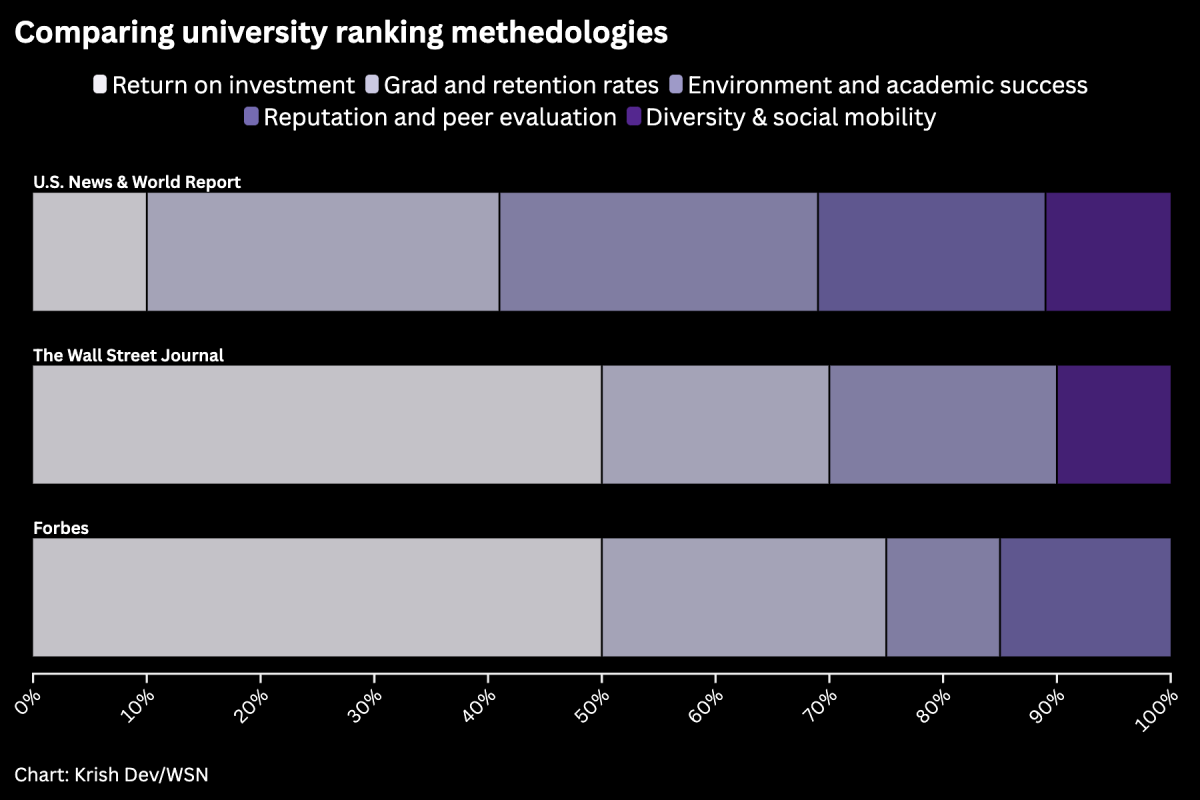



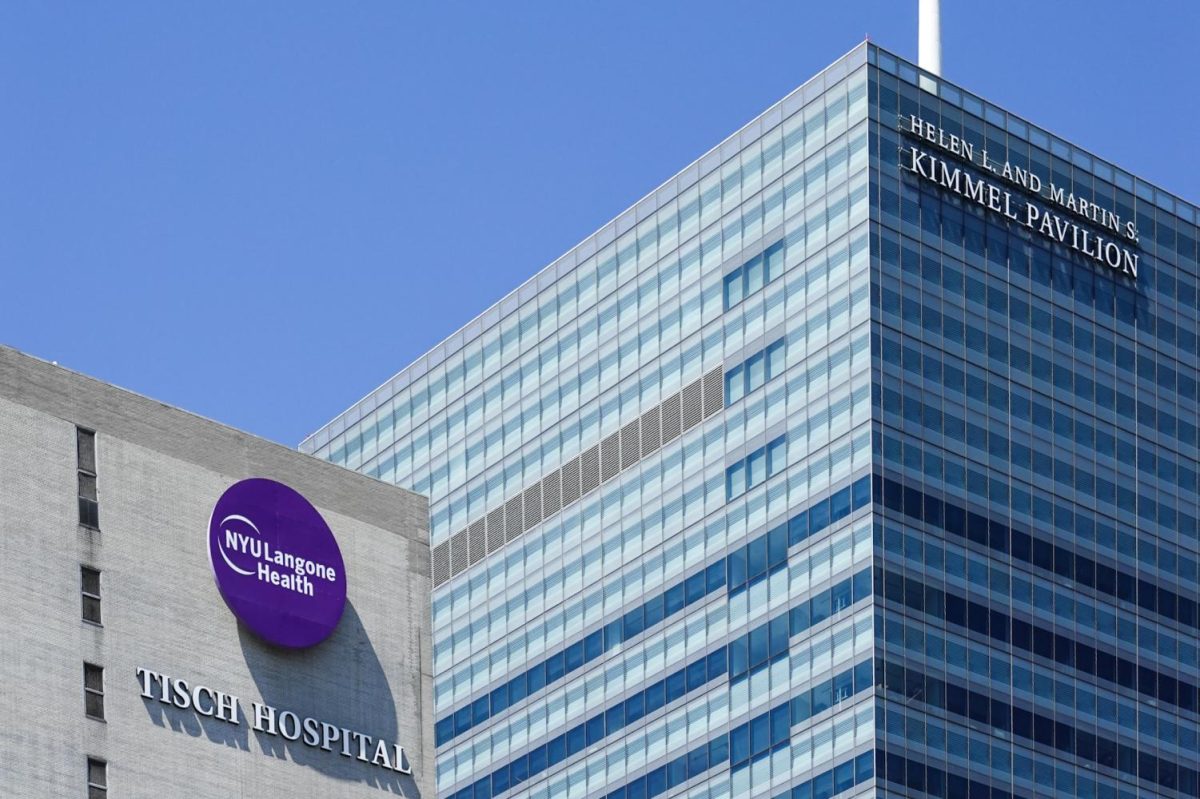
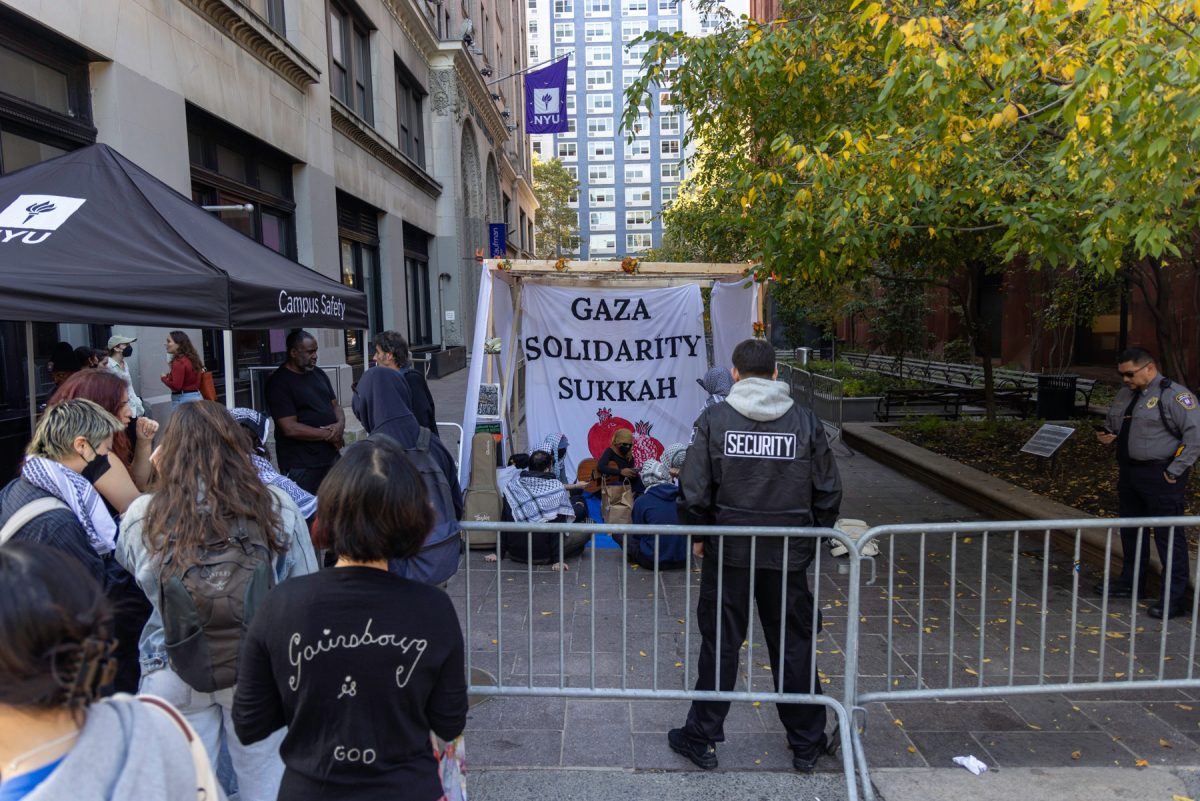


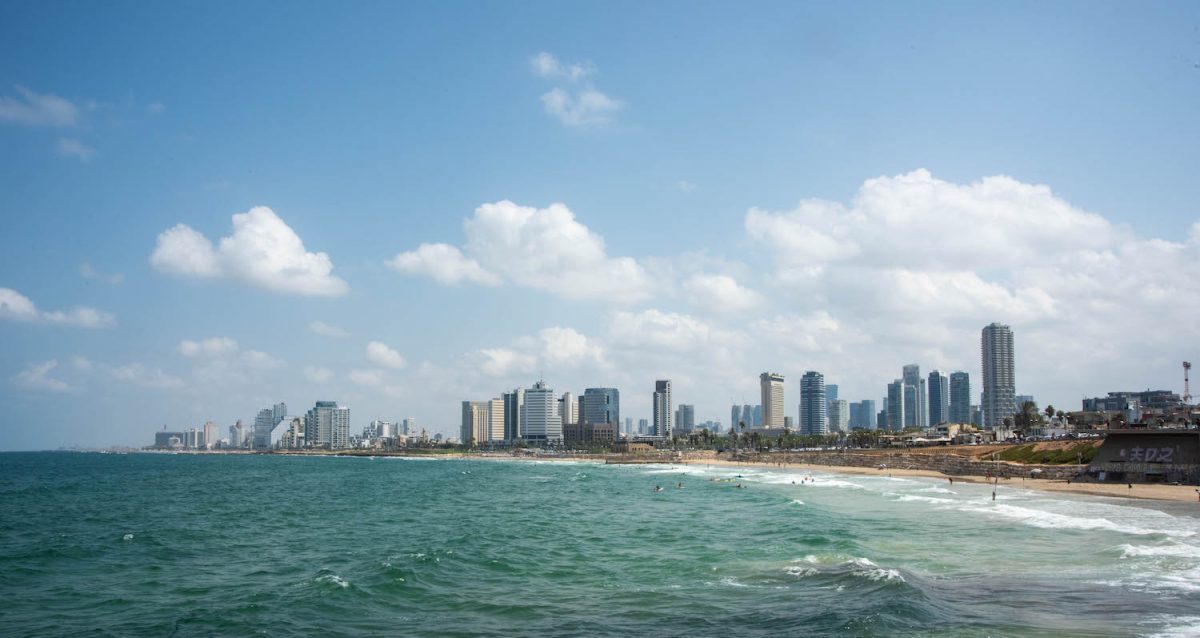


















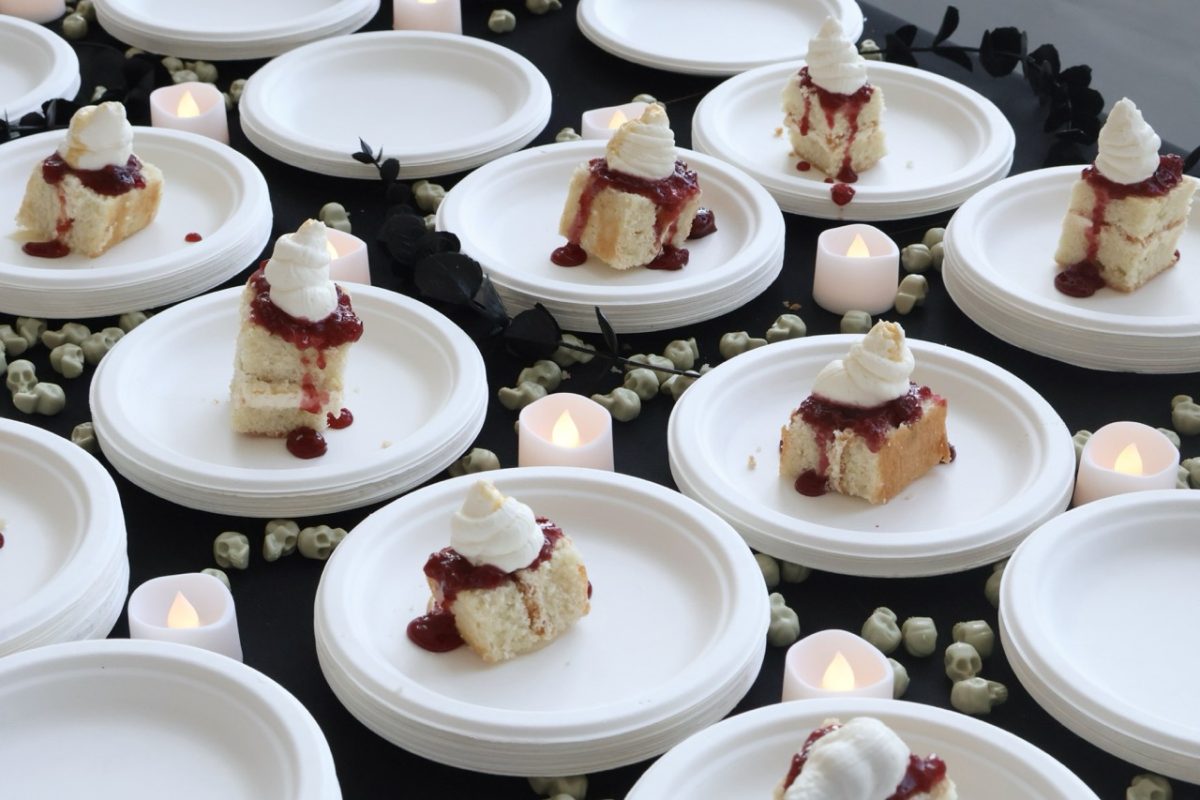

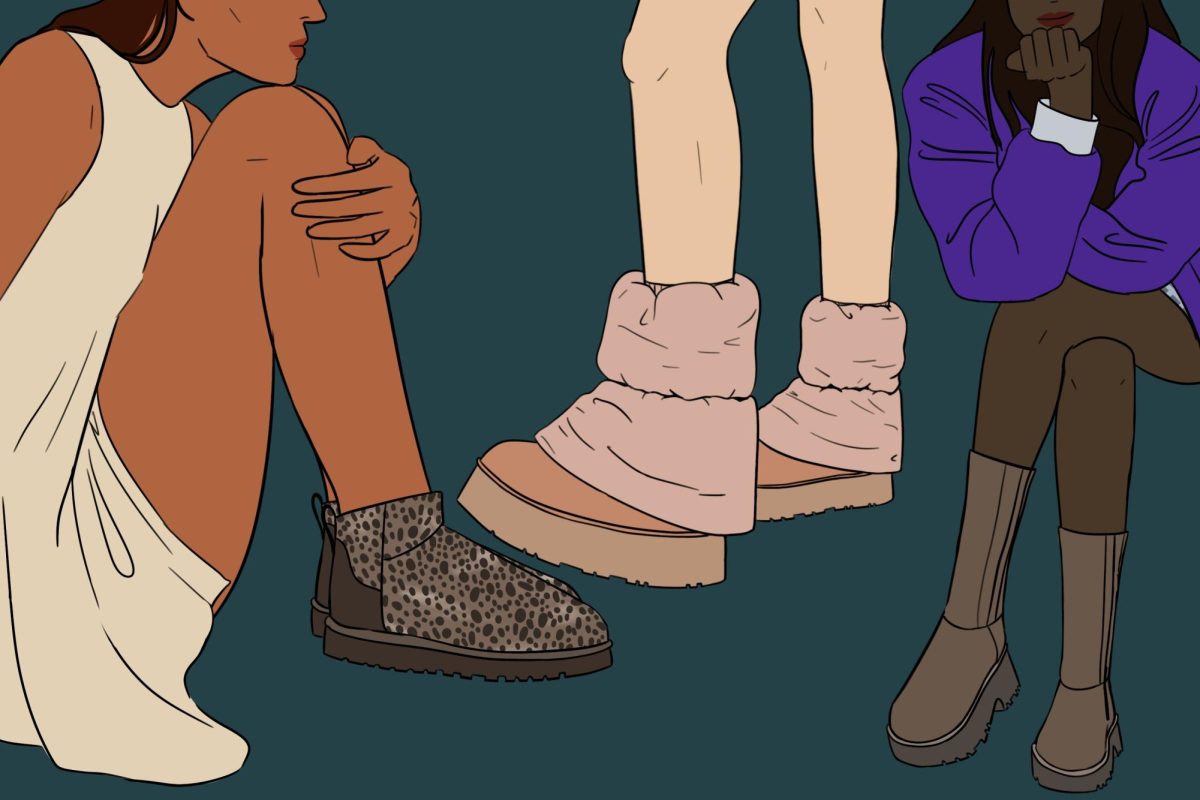
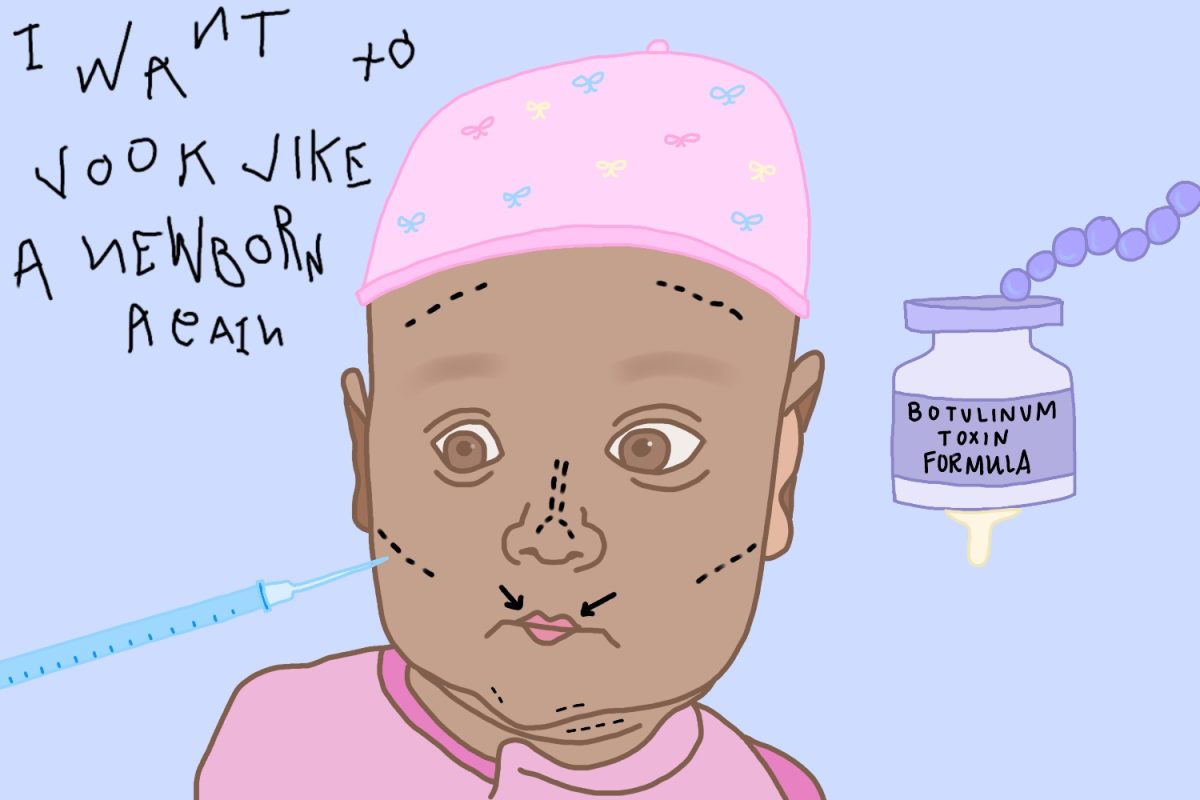





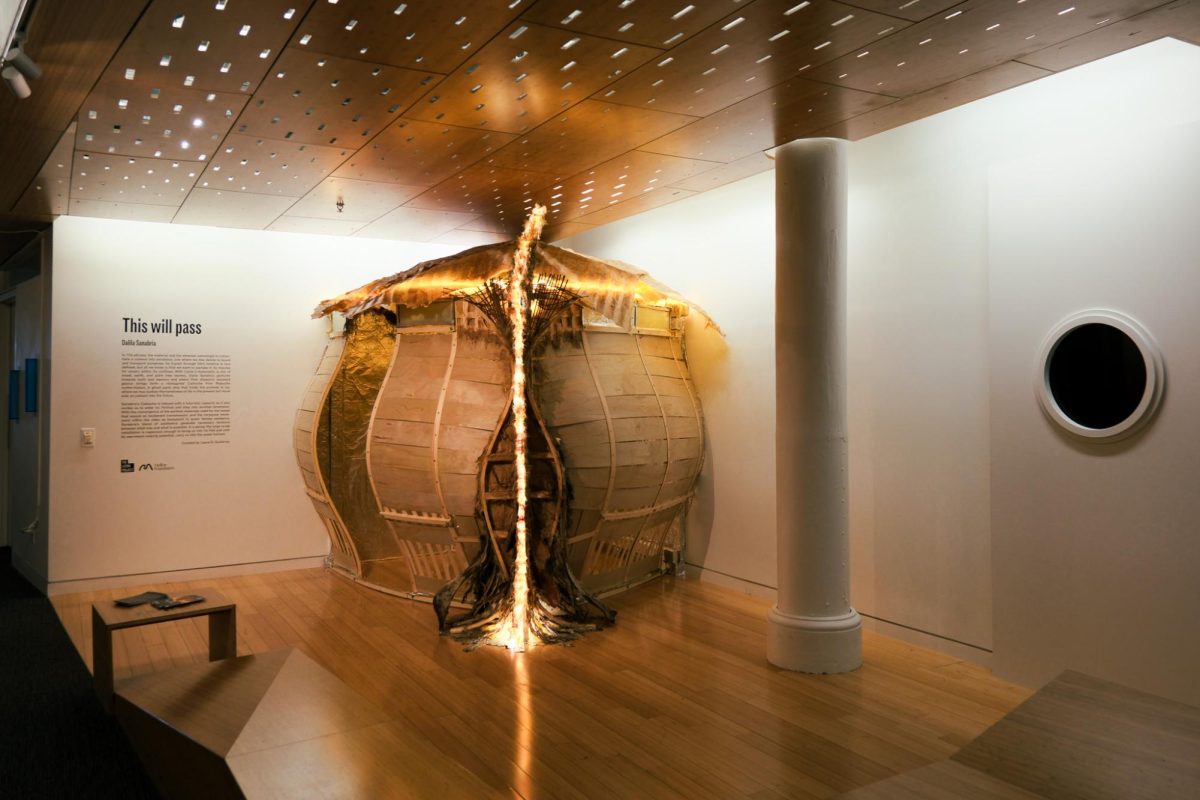




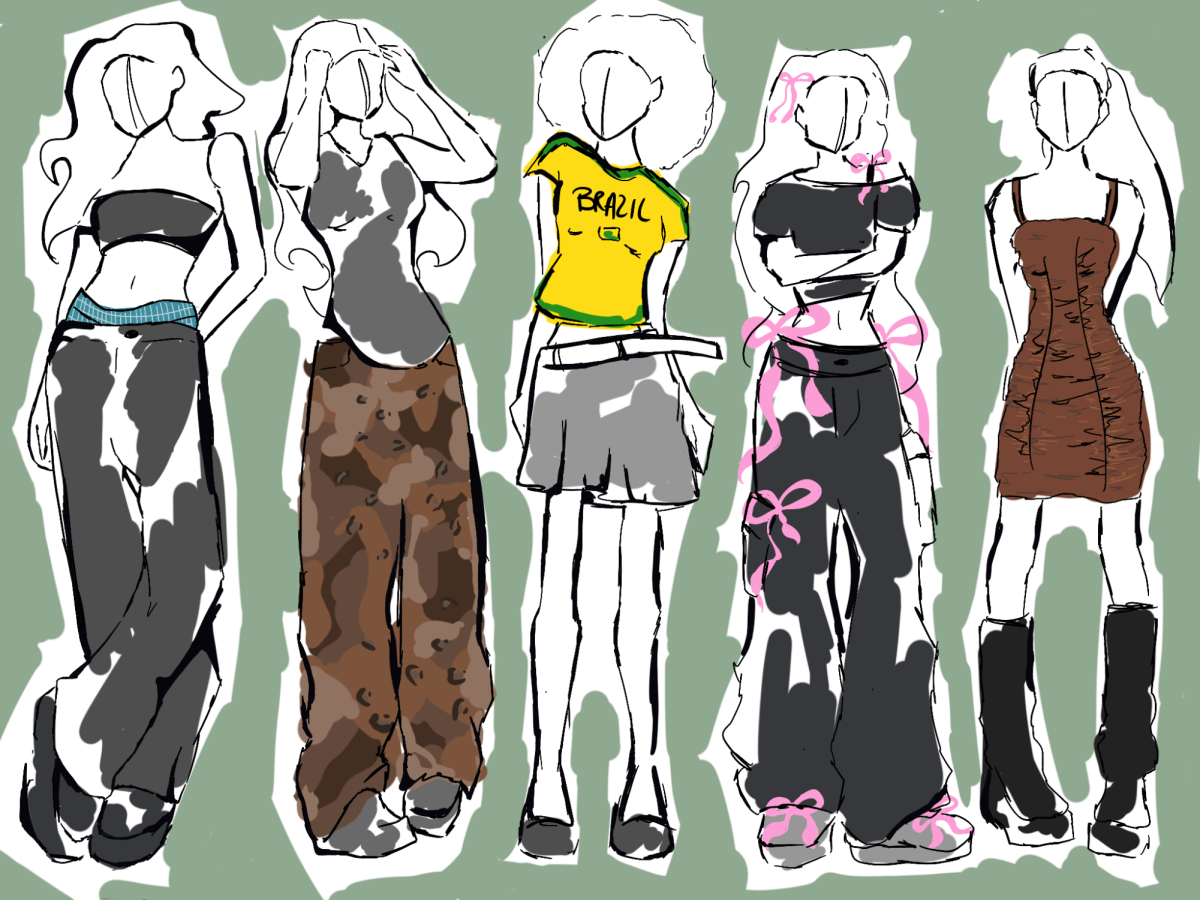





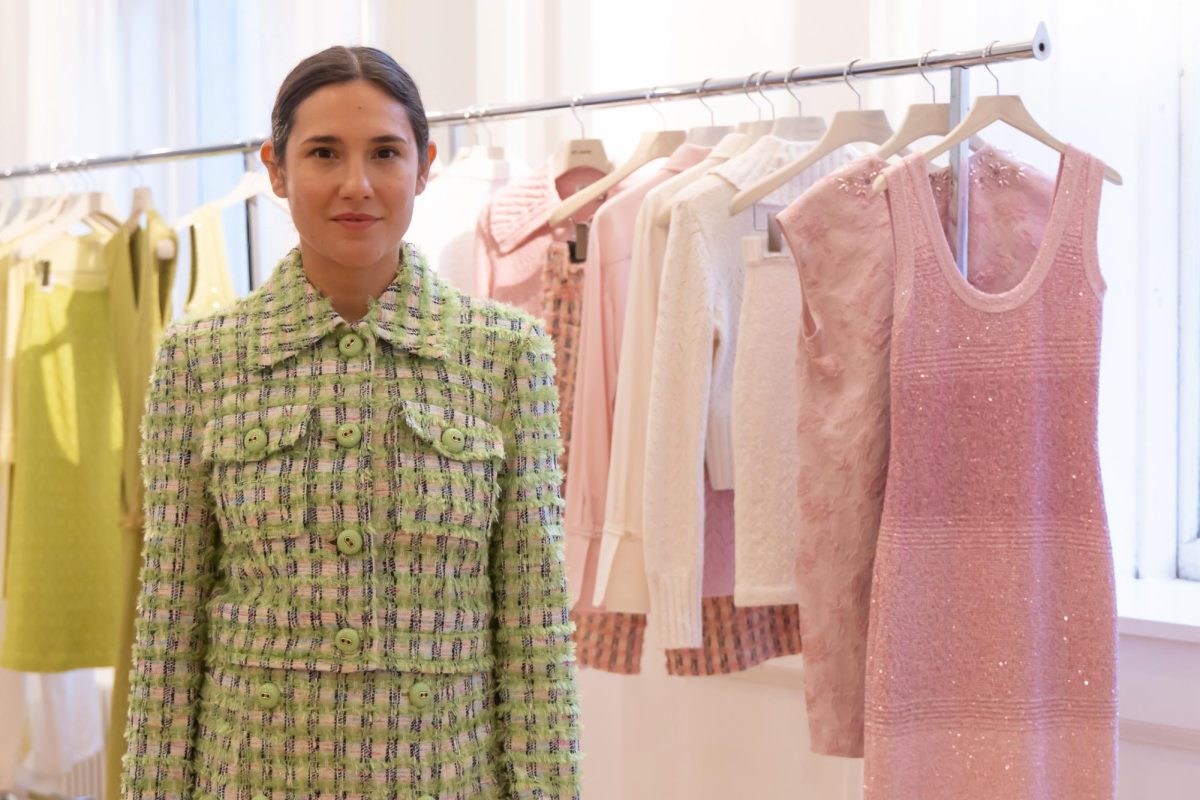
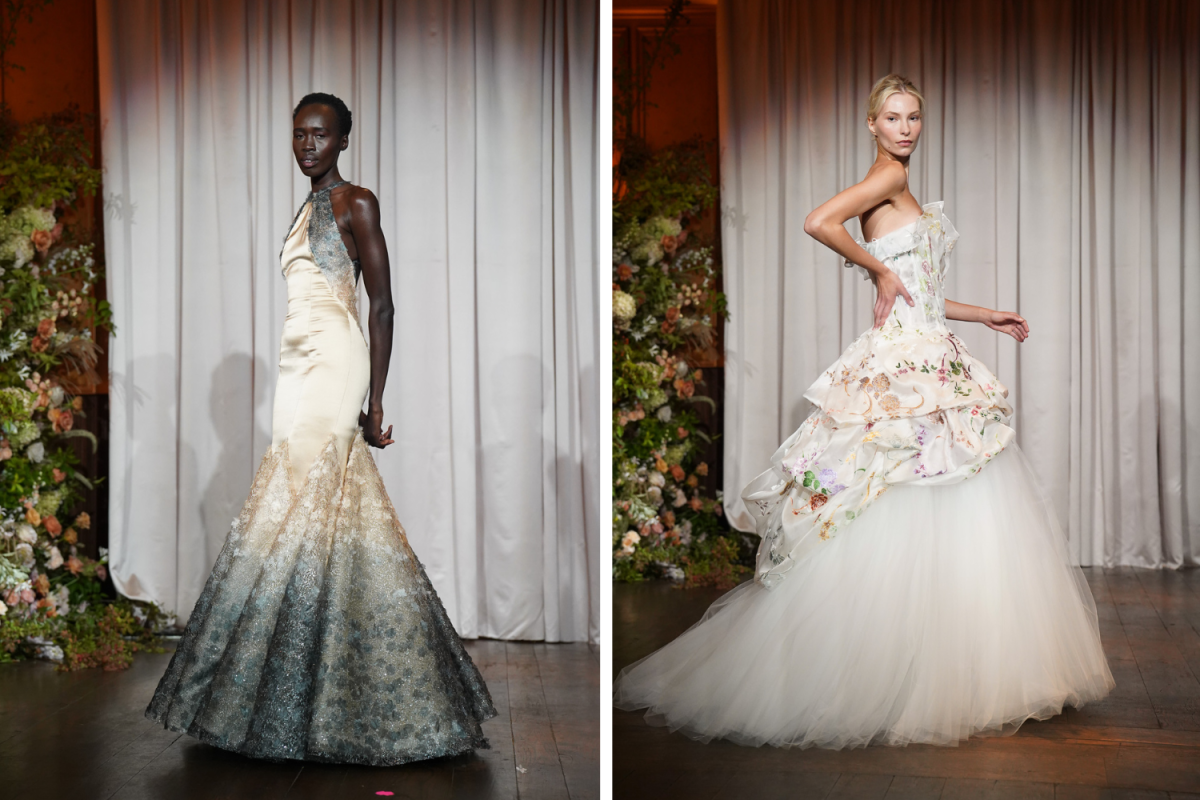










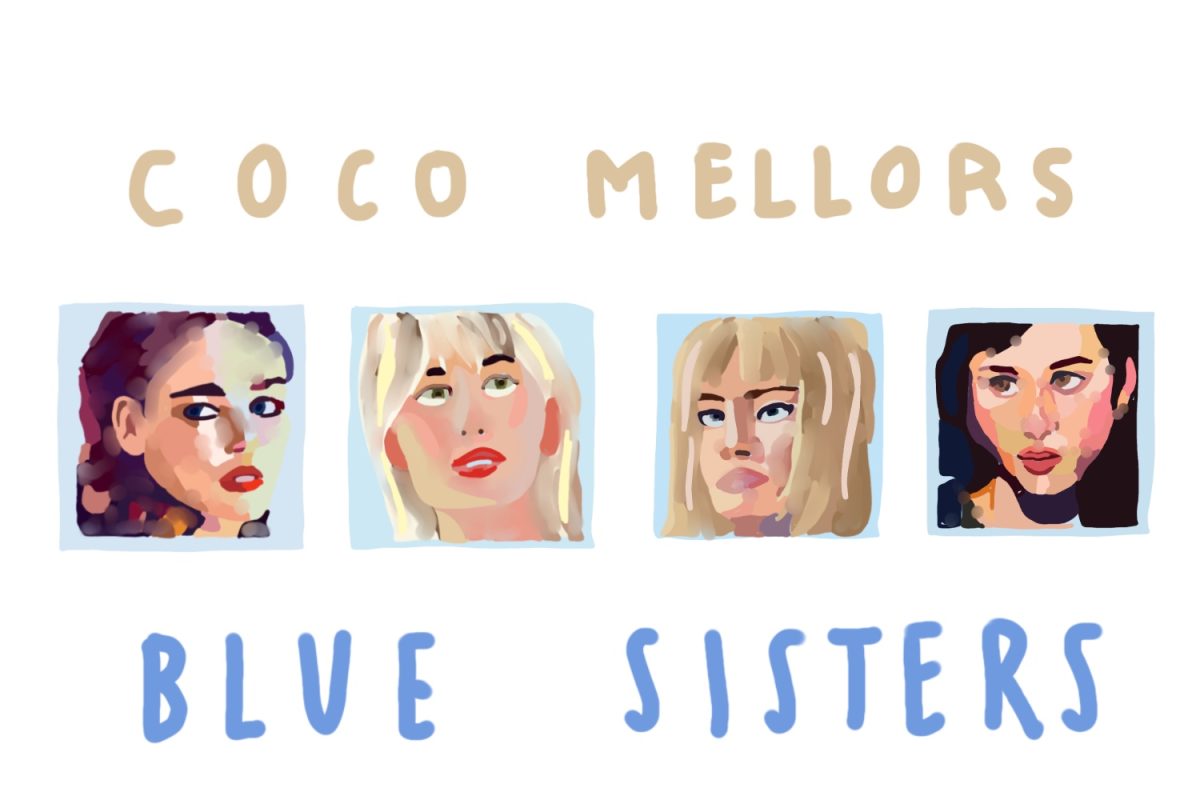


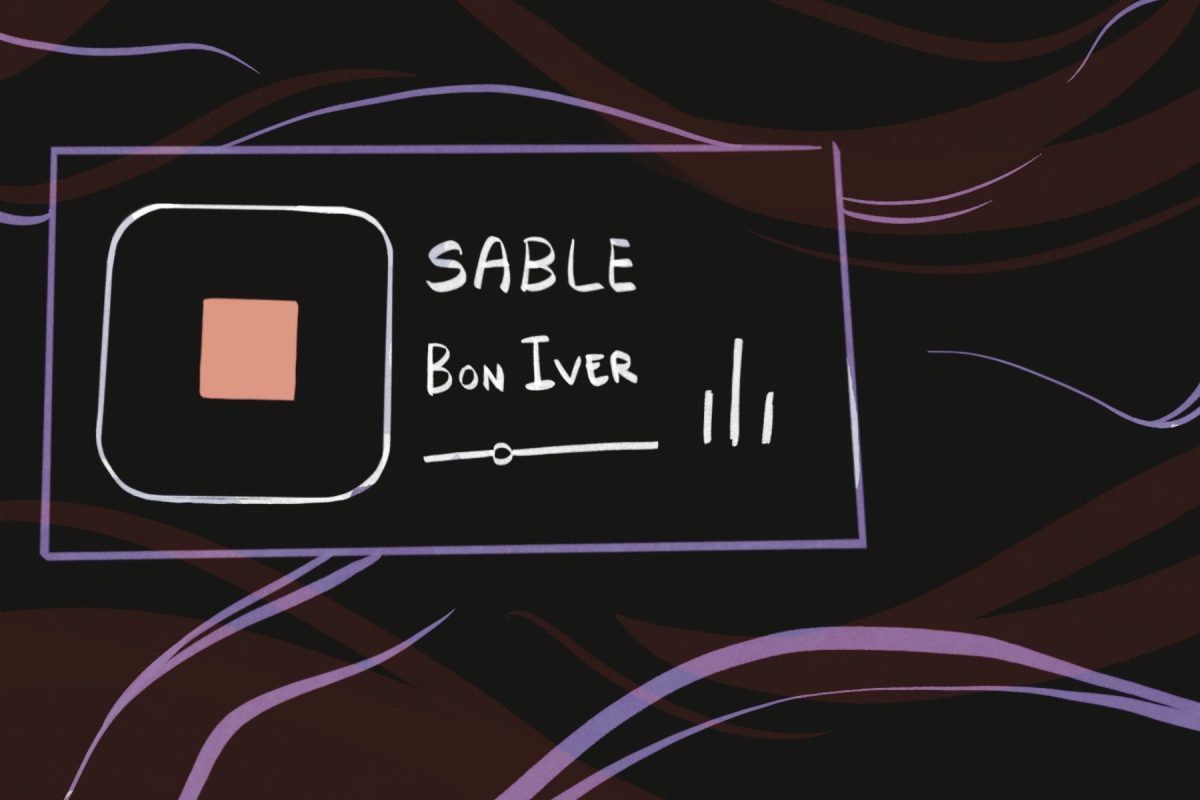













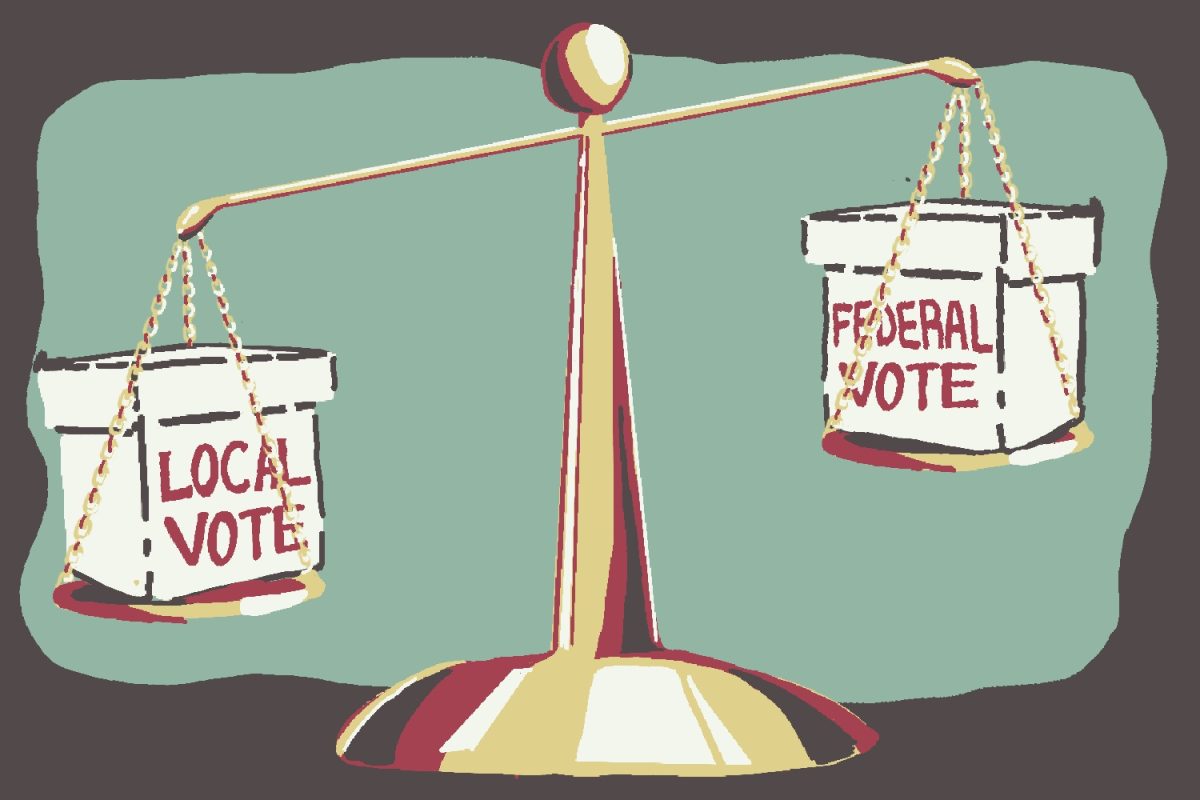









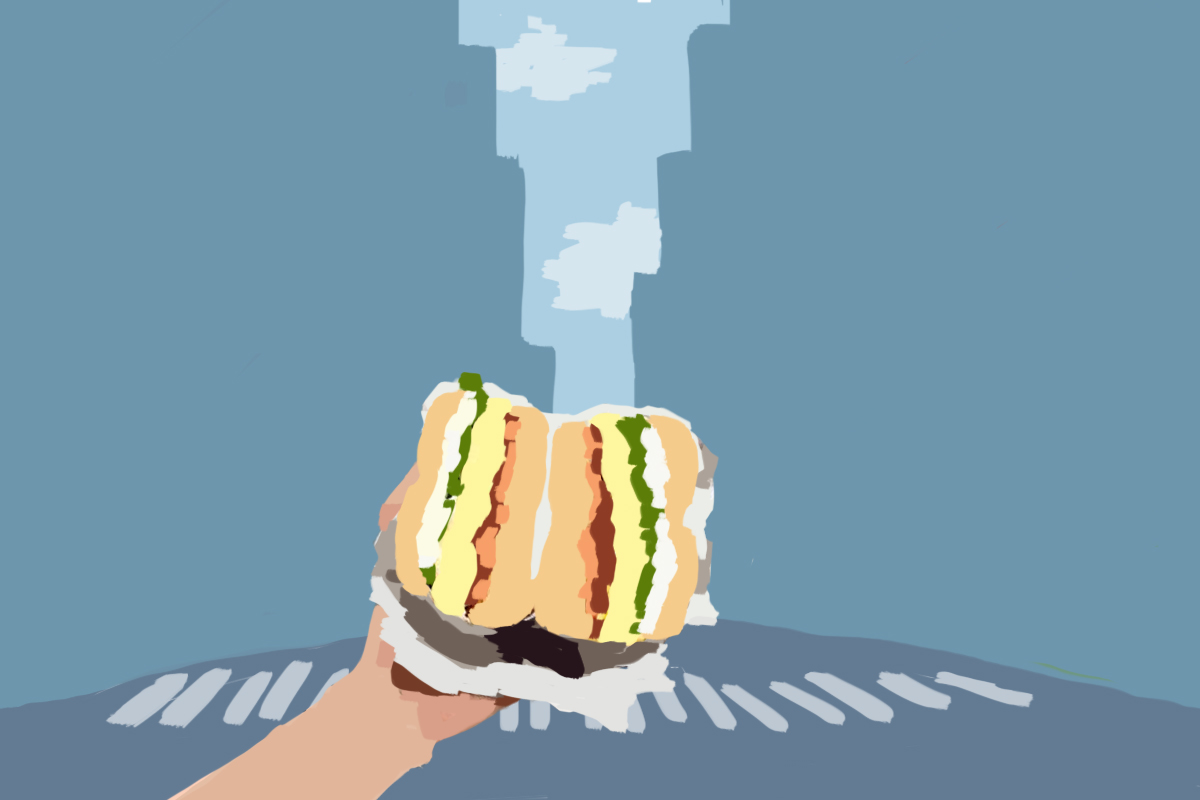


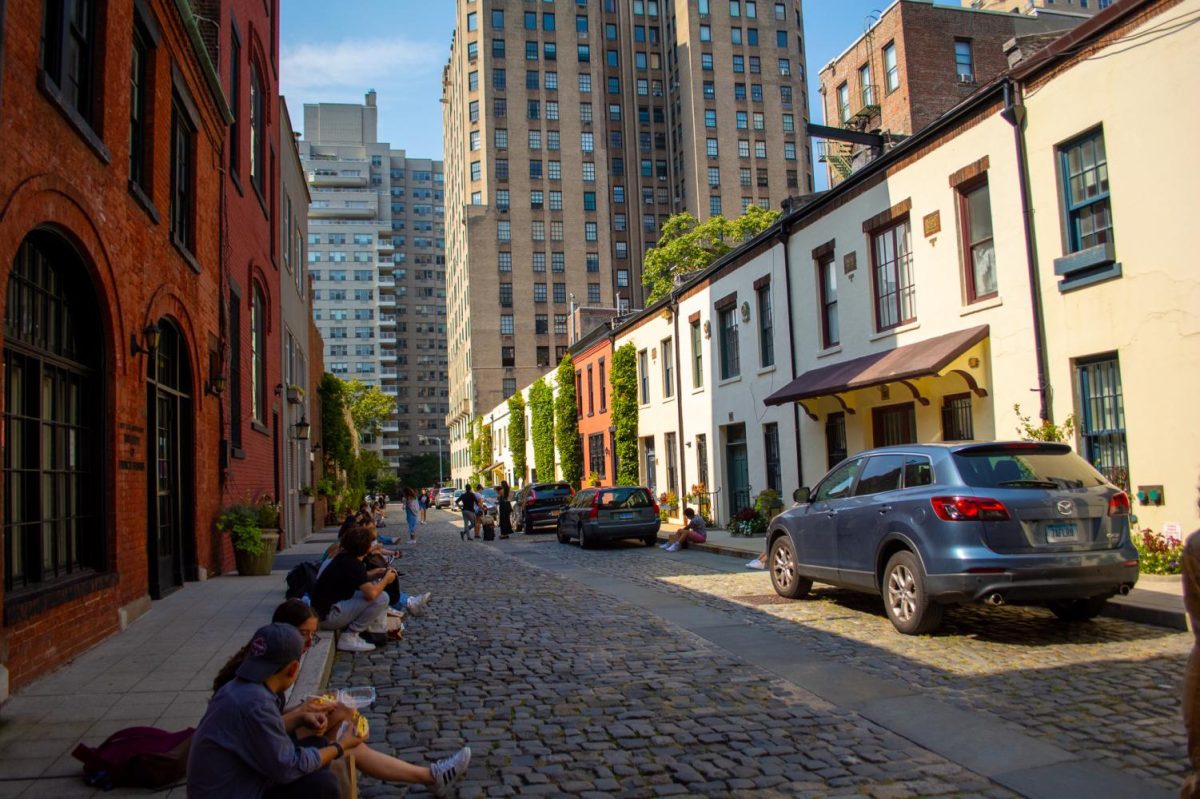




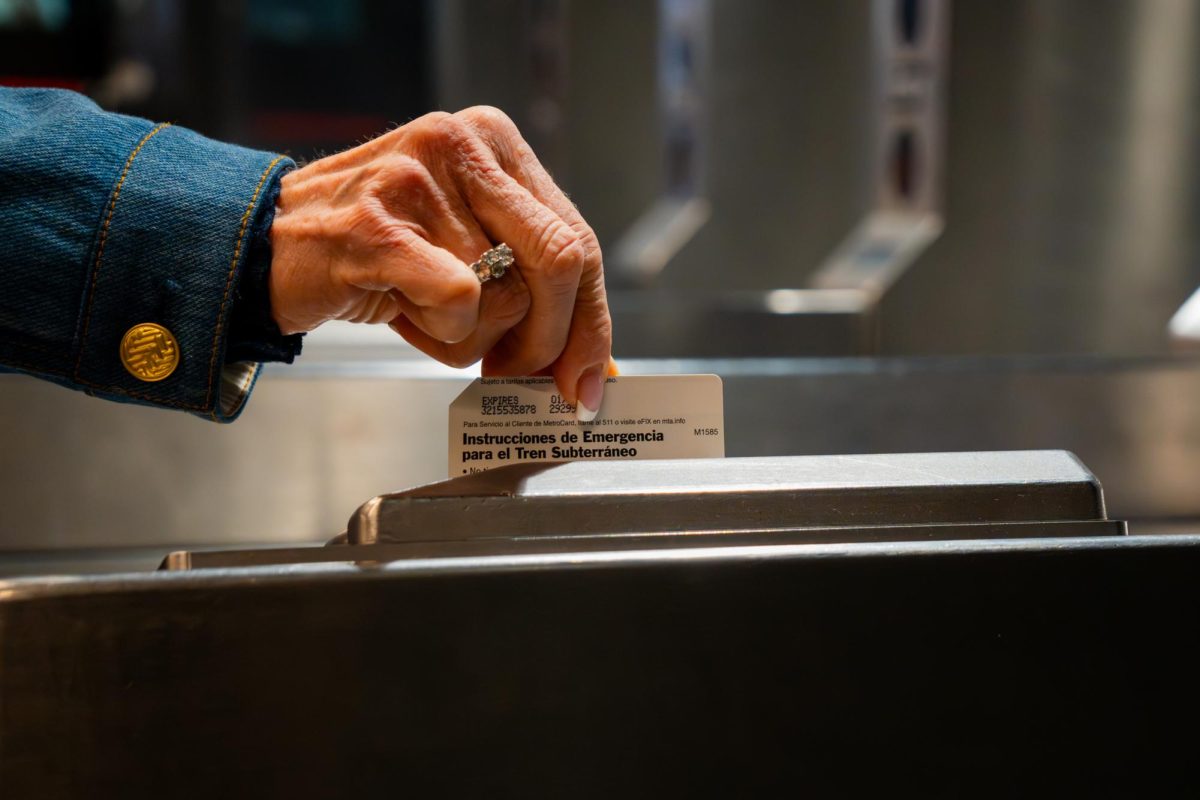
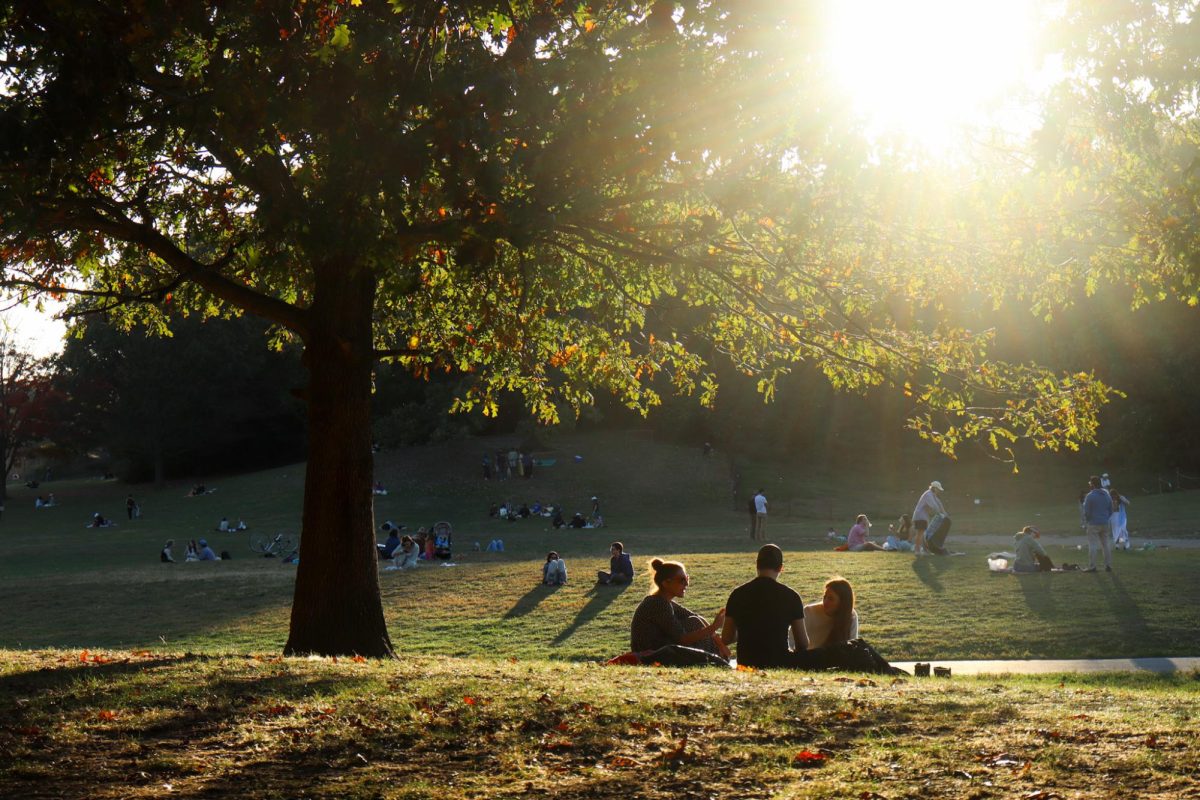














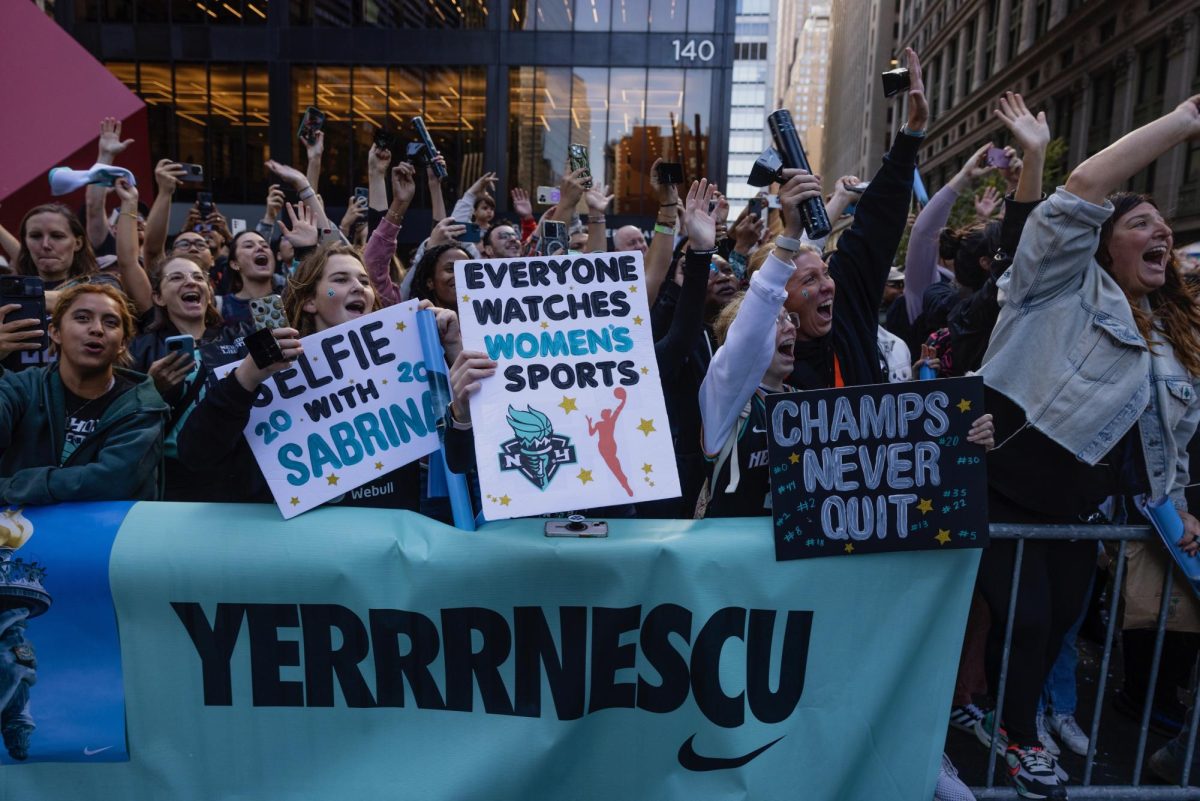





















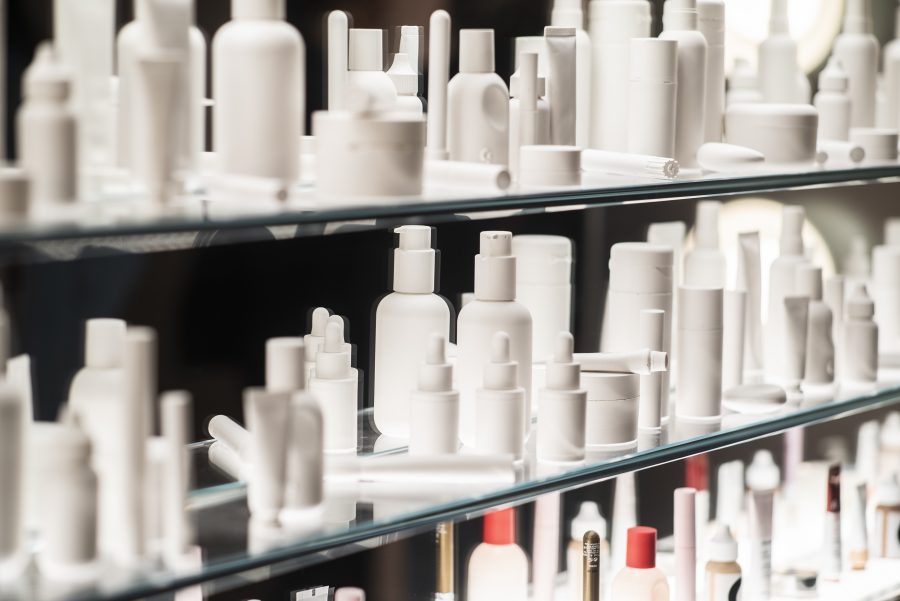
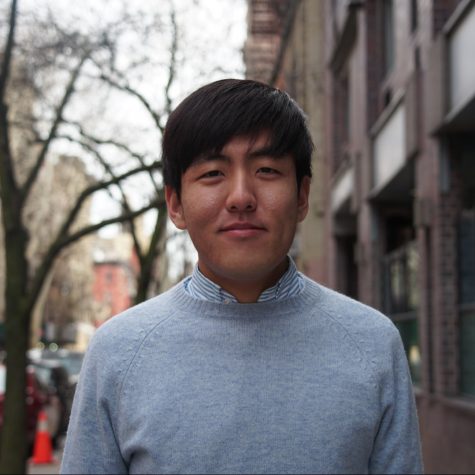
Enrique Pasion • Apr 25, 2019 at 9:09 pm
Appreciate this article on basic skincare for beginners and how to make sure your skin is well taken cared of the whole year round no matter what weather it is.